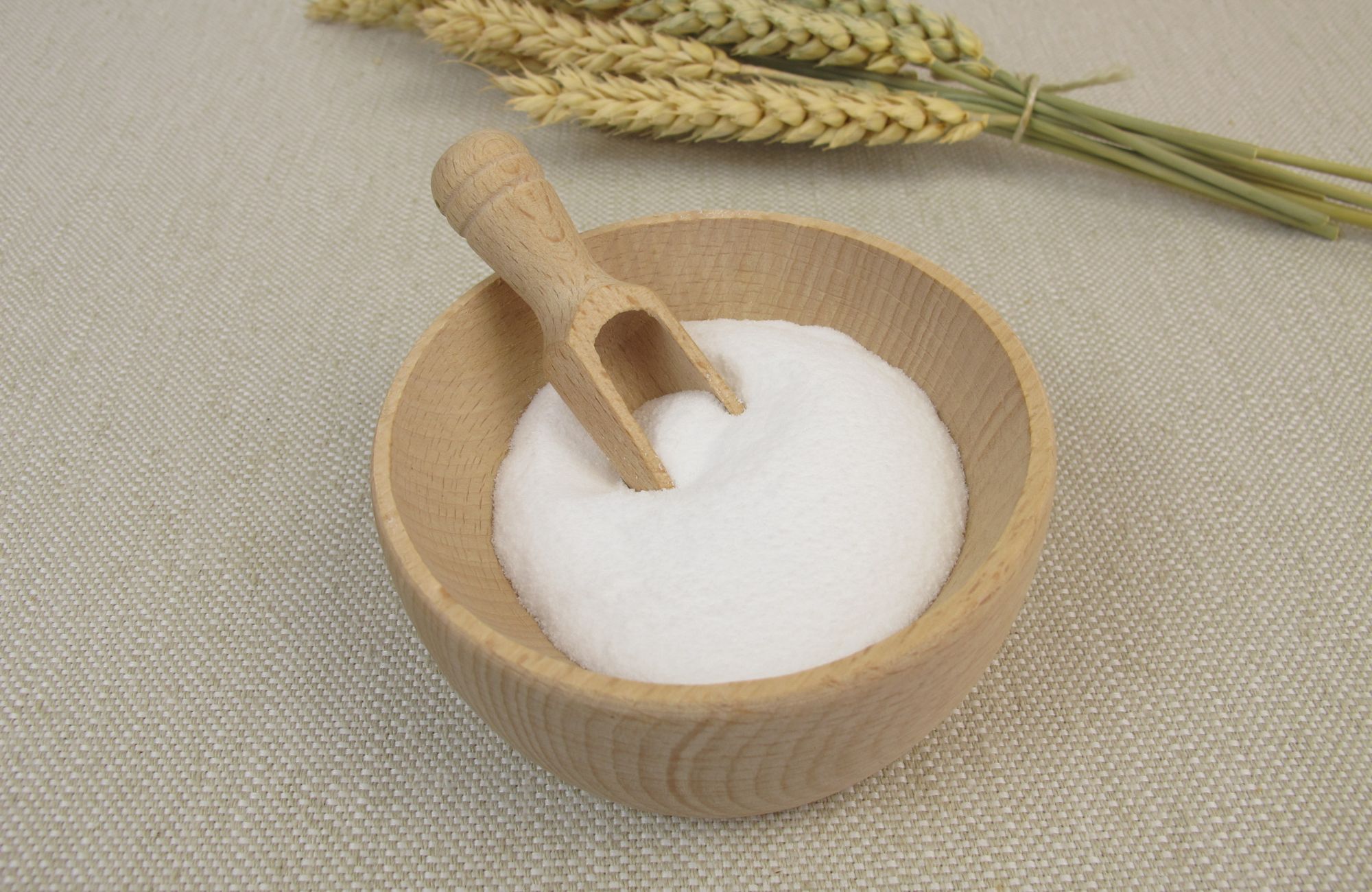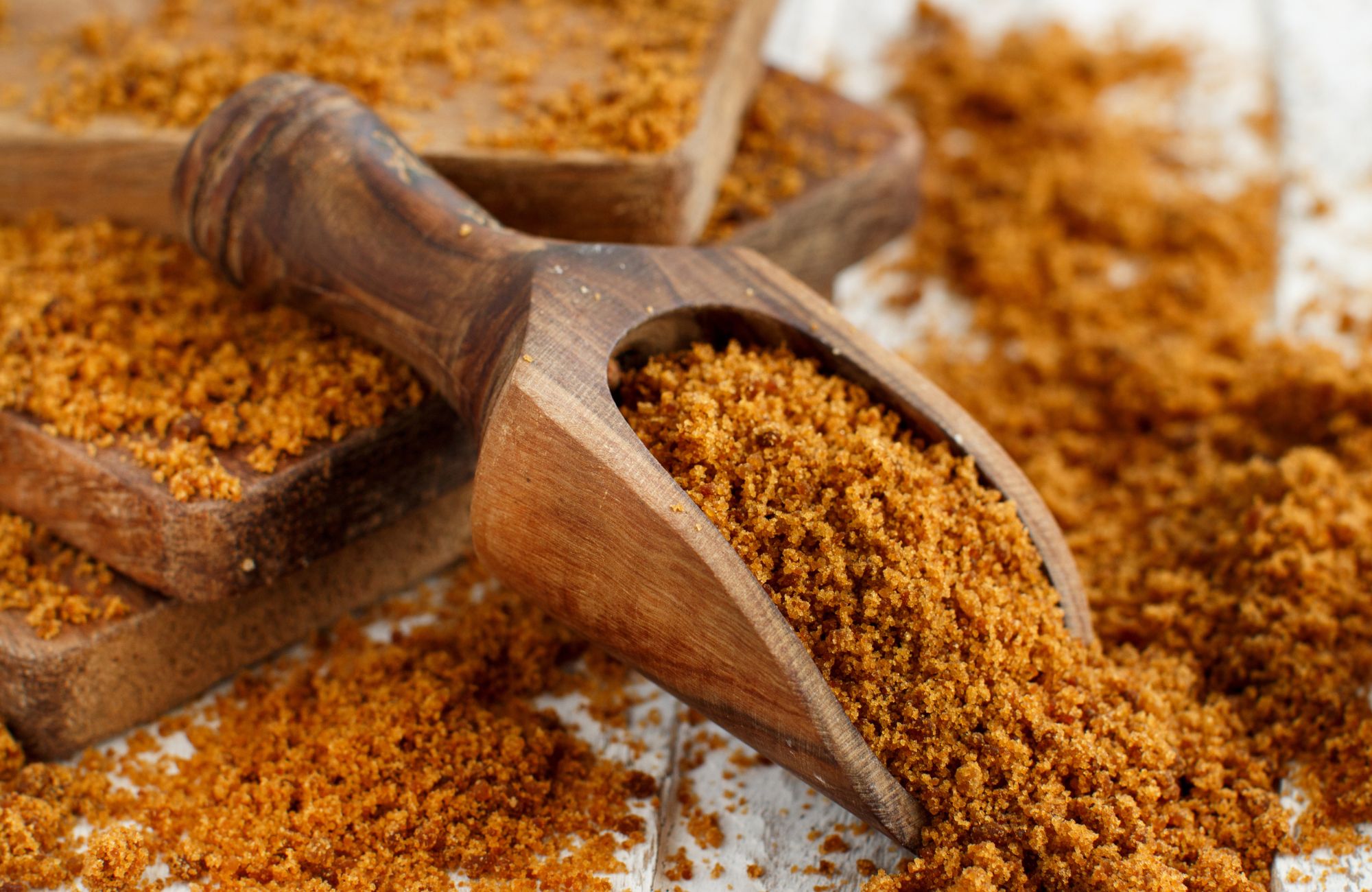
What is Dextrose? Understanding Its Uses, Benefits, and Risks
Dextrose is an important type of sugar used in many food products. It’s derived from corn or wheat and it is quickly absorbed in the body.
This makes it an important ingredient in many products. This sugar does it all; whether it be adding sweetness to baked goods or serving as a preservative in processed foods. It has many benefits, but like most sugar products excessive consumption carries health risks, so it’s important to know how it fits into your diet.
What Is Dextrose?
Dextrose is a naturally occurring sugar known as glucose that gives the body energy. Unlike complex carbohydrates, the body doesn’t need to break down dextrose into simpler sugars. The body readily absorbs it into the blood stream. This makes it a very fast acting energy source, which is perfect for producing food, as well as certain medical applications.
Organic dextrose is used in many different industries. However, in the food industry it’s used as a sweetening agent, a preservative and as a fermentation agent. It’s often found in processed foods like baked goods, candies, snacks, and beverages. Its neutral taste and high solubility make it a favorite ingredient among manufacturers.
How Is Dextrose Used in Food?
Sweetening and Flavor Enhancement
Dextrose is commonly used to enhance sweetness in food products. It is only 70% as sweet as ordinary table sugar – a fact that makes it suitable for enhancing flavors in products that do not need to be too sweet.
Examples:
- Baked Goods: It is also used in cakes, cookies and pastries to give sweetness and texture.
- Snacks and Confections: Candies, gum and chocolates use it to make balanced flavours.
- Beverages: Dextrose is used in sports drinks and sodas for a quick energy and some mild sweetness.
Preservative and Texture Enhancer
Dextrose also serves as a preservative, and a texture enhancer. In packaged foods it keeps products from getting dry or stale.
Applications:
- Processed Meats: Improves flavor and extends shelf life in products (such as sausages and cured meats).
- Sauces and Condiments: It keeps sauces smooth, maintains consistency.
- Dairy Products: Adds creaminess to yogurts and ice creams.
Fermentation Aid
In the fermentation process, it serves as a readily available energy source for yeast and bacteria, aiding in the production of alcohol, bread, and some dairy products.
Examples:
- Bread making: Provides energy for yeast to produce carbon dioxide, resulting in a light, fluffy texture.
- Alcohol Production: Used in brewing beer and distilling spirits to fuel the fermentation process.
- Cheese and Yogurt: Helps bacteria ferment milk into these popular products.
Benefits in Food
Quick Energy Source
Dextrose is rapidly absorbed, providing a quick energy boost. This makes it a valuable ingredient in sports drinks and energy bars promoting the replenishment of energy in the body after intense physical exercise.
Versatility
Its neutral taste and ability to dissolve easily in all types of recipes make it a very versatile ingredient. It can be used in foods that require a subtle sweetness, as well as savory applications, such as sauces and dressings.
Shelf-Life Extension
By retaining moisture and preventing spoilage, dextrose extends the shelf life of packaged foods, reducing waste and improving product stability.
Dextrose holds moisture and prevents spoilage, thereby increasing the shelf life of packaged products and eliminating waste, while improving product stability.
Potential Concerns
Blood Sugar Spikes
Since it’s absorbed quickly into the bloodstream, it can cause sharp spikes in blood sugar levels. If you have diabetes or are insulin resistant, eating too many high dextrose foods can make blood sugar management extra complicated.
Weight Gain
Dextrose is a calorie dense ingredient and too much of it added to sugar laden snacks and drinks can lead to weight gain.
Hidden Sugars in Processed Foods
In addition, it’s added to foods that are labeled as “low sugar” or “natural,” falsely misleading consumers as thinking that these foods are healthier. It’s important to check ingredient lists to find hidden sugars.
Liquid and Dry Dextrose: Uses and Differences
It’s available in two primary forms—liquid and dry—each serving unique purposes in food production, healthcare, and industrial applications. Understanding their differences can help identify which form is best suited for specific needs.
Dry Dextrose
Dry dextrose powder is most commonly found in powdered or crystalline form and is widely used across various industries. Its long shelf life and ease of storage make it a versatile and practical choice.
Liquid Dextrose
Liquid dextrose is a syrup-like solution that contains dissolved sugar, making it particularly effective for applications requiring fast mixing or rapid absorption. Its form is ideal for large-scale food manufacturing and certain medical uses.
Choosing Between Liquid and Dry Forms
The choice between liquid and dry forms of dextrose depends on the intended application. Powdered dextrose is often preferred for situations requiring precise measurements and long-term storage, such as baking or medical formulations. Liquid dextrose, on the other hand, is ideal for rapid mixing, smooth textures, and quick absorption, making it particularly valuable in beverages, syrups, and intravenous medical treatments.
Both forms play essential roles in various industries, providing energy, enhancing flavor, and improving the quality of products while catering to specific functional needs.
Tips for Managing Consumption
- Read Labels: Look for “dextrose” in the ingredients list of packaged foods to understand how much sugar you’re consuming.
- Limit Processed Foods: Opt for whole foods like fruits, vegetables, and whole grains to reduce hidden sugar intake.
- Balance Your Diet: Pair foods containing dextrose with complex carbohydrates, proteins, and healthy fats to slow sugar absorption and maintain steady energy levels.
- Be Mindful of Serving Sizes: Small amounts of dextrose can be part of a healthy diet, but portion control is key.
FAQs
Is dextrose better than table sugar?
Dextrose is less sweet than table sugar and absorbed more quickly. While it can provide quick energy, excessive consumption of either can lead to health issues like weight gain or high blood sugar.
What foods commonly contain dextrose?
It’s found in baked goods, candies, processed meats, beverages, and sports drinks. It is also used in fermentation for bread, alcohol, and dairy products.
Does dextrose contribute to weight gain?
Yes, consuming too much can lead to weight gain due to its high calorie content and quick absorption.
Is dextrose safe for people with diabetes?
In small, controlled amounts, it can be safe. However, people with diabetes should monitor their intake carefully to avoid spikes in blood sugar levels.
Why is dextrose used in packaged foods?
It acts as a sweetener, preservative, and texture enhancer, improving flavor, shelf life, and consistency.
Conclusion
In the food industry organic dextrose is used as a sweetener, preservative and fermentation aid. As a quick energy source and as a means of improving product stability, it is a very valuable ingredient in many processed foods and beverages. However, its rapid absorption can lead to blood sugar spikes and weight gain if consumed in excess. Wondering where can you buy dextrose? At Us Sweeteners, we sell premium bulk dextrose to all sorts of industries. Contact us today to learn more



Leave a Reply